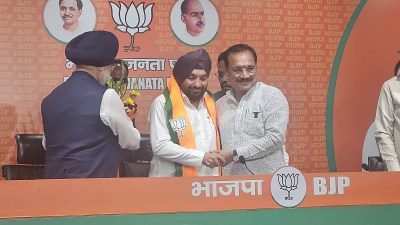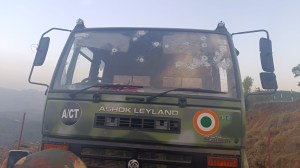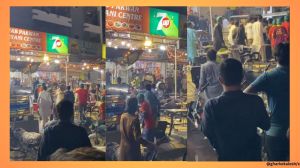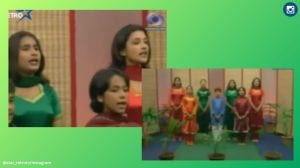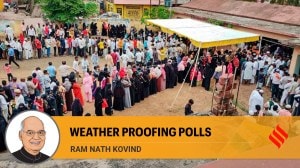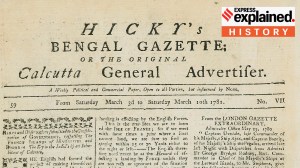- India
- International
Newsletters play sentinels of suburbs
MUMBAI, Oct 20: He is an unlikely editor. A trained electronic engineer, Amit Parikh says editing is a craft he can hardly be bothered wi...

MUMBAI, Oct 20: He is an unlikely editor. A trained electronic engineer, Amit Parikh says editing is a craft he can hardly be bothered with. Yet, on the 15th of every month, Parikh and his team of professionals from non-journalistic field religiously ensure that at least 5,000 copies of the Goregaon Today newsletter roll off the computers. Printed by the Humanist Centre’s Goregaon branch exclusively for local residents and distributed free of cost, the newsletter completed five years this month.
Goregaon Today is just one among 21 newsletters that the 18 Humanist Centres Centres in the city churn out every month. The express purpose of these localised publications is to promote the views of the Humanist Movement and attract volunteers to its cause. However, in the bargain, the newsletters’ editorial content has emerged as a local presence which zooms in up, close and personal on the woes besetting the largely middle-class readers of the areas.
Almost all of the 18 Humanist Centres in Mumbai bring outseparate newsletters mapping their areas’ civic concerns, like Voice of Wadala, Khar, Our Home and Versova Waves. Vile Parle, where the first newsletter was launched, now brings out three such newsletters.
Garbage clearance, non-functioning police chowkies, malaria, road widening, these find space in the newsletters which then gently nudge authorities towards some action. At their helm of affairs are a host of trained professionals: electronic engineers, computer professionals, art directors.
“The first newsletter tackled local issues like gas connections, gutter cleaning, road widening and tree plantation,” revealed spokesperson for the Humanist Centre, Jaimini Bhatt. "Now, we have 21 such newsletters.

Volunteers in any centre who are willing to bring out newsletters are free to do so.”
Goregaon Today’s own predecessor was the A4 sized Sambandh, conceived in 1991 to unite Goregaon residents to solve their problems. "We would go to local shops and businessmen to collect advertisements. When weran short of cash, our volunteers would pitch in," said Parikh.
The average production costs for bringing out the four-page newsletters – Rs 3,000-4,000 – is covered by advertisements from the local business community and, if need be, voluntary contributions.
"We are not a commercial enterprise and none of us is into journalism as a profession. And we concentrate on positive happenings. For us, no news is bad news," laughs Parikh. Added Shoban Savai: "Not a single paisa is spent on distributing GT. Our volunteers personally distribute copies to shops, buildings, vachanalayas and voluntary organisations." The editorial content is a mix of information on services, letters, photographs, civic problems, and even poems and drawings. Often in more than one language: Khar, Our Home contains nine languages.
"The mainstream media doesn’t cover very local issues that need to be voiced," observed Harshesh Parikh, editor, VoW, which claims to reach 16,000 doorstep every month. "But we are in no way competing withthe mainstream media; instead, we complement them," he further said.
People have a sense of belonging, of participation that they will not have with larger newspapers, he added. Khar Our Home’s editor Vasant Kumar also pointed out: "Since the newsletters are circulated to mohalla committees, police officials and civic officers, official responses to the problems we highlight is prompt.
That mainstream newspapers have started thinking local and have started to editorially carve out Mumbai into focus areas, hardly deters the people behind the newsletters. "The city newspapers’ efforts to focus on specific areas is too small for us. After all, we are there for our readers every month, all the time."
Humanism apart, local businessmen have keenly supported the newsletters as they find it profitable to reach out to a fixed clientele. Paresh Seth, who runs computer classes, has a life-term contract with GT. "It is much cheaper to advertise in this newsletter than in newspapers.” The Humanist Centre iscontemplating a pan-Mumbai issue aiming at a circulation of 50,000-60,000. "But the economies of scale are a deterrent,” he admitted. Right now, local, it seems, is very beautiful indeed.
Buzzing Now
May 04: Latest News
- 01
- 02
- 03
- 04
- 05











